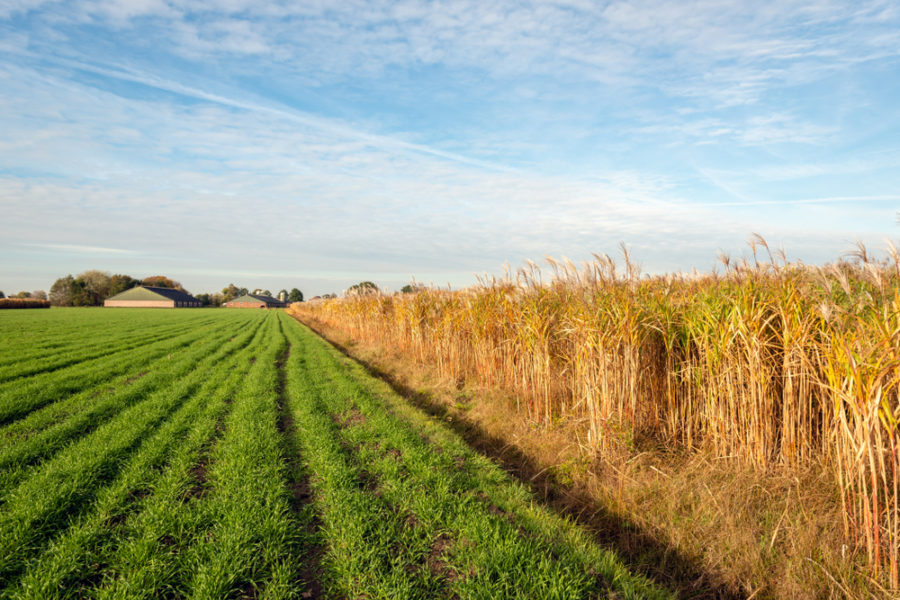Certain sources of fiber such as Miscanthus grass are more nutritionally beneficial for your pet than low-quality alternatives. Here’s why fiber is important to your pet’s health, plus what to look for – and what to avoid.
Over the last few years, a lot of research has been done on the nutritional benefits fiber offers our pets. Just like in humans, the overall health of our dogs and cats starts with a properly functioning digestive system that promotes nutrient uptake, optimal bowel movements and a healthy immune system – and fiber plays a role in all of this.
Adding healthy fiber to a pet’s diet can naturally address acute issues such as constipation, blocked anal glands, diarrhea, and can even noticeably reduce stool odor, bad breath and gas. As the results of the new studies are better understood, we see that fiber is critical to promoting and maintaining a healthy digestive system and gut microbiome. This can make all the difference in our dog and cat’s well-being.
Studies have shown that a diet containing fiber, along with a formulated blend of prebiotics, probiotics, and enzymes, is key for keeping dogs active, healthy and happy.
Not all fibers are equal
Choosing the right fiber makes a big difference in how it works within your pet’s digestive tract. Many pet food manufacturers add low-quality crude fiber as a filler to bulk up volume cheaply. These fillers are mainly sourced from agricultural byproducts such as tomato pomace, rice bran, sugar beet pulp and pea fiber. Although these byproducts are a source of inexpensive fiber, they often contain other unwelcome compounds (i.e., sugars, amino acids and polypeptides) that can have detrimental effects.
Since these byproducts are usually made from the skins and outer hulls of the ingredients from which they’re sourced, they also have a greater potential to contain pesticides and other harmful toxins that can find their way into the food we feed our dogs and cats. Other fibers such as cellulose powder are produced from wood chips and pulp that are processed using harsh chemicals.
As pet owners become more informed about the ingredients that go into their companion animal’s food, they’re insisting on the highest quality – and that means focusing on the type of fiber that’s being added.
A better alternative – Miscanthus fiber
Miscanthus grass is a bright spot in the pet fiber market. It is much healthier than cheap fillers, and free of the harmful components they contain.
Although it has been grown for thousands of years in Asia, Miscanthus is relatively new to the USA. It is purposely grown as a fiber crop in the Midwestern United States and contains over 80% dietary fiber. When grown responsibly, it is all natural, non-GMO, grain-free and gluten-free. It is not a byproduct of another industry, so strict environmental conditions during all steps can be monitored from field to factory. Furthermore, it’s easy to find Miscanthus that’s grown without the use of herbicides and pesticides, and it can even be purchased organically.
Miscanthus is often grown on marginal farmland and due to its perennial root system it is net carbon negative, improves soil quality and reduces soil erosion and run-off.
If your dog or cat is experiencing digestive issues, check the ingredient list on his food. If his fiber source is inadequate, consider adding some Miscanthus to his daily meals for the dietary benefits it provides. Its high purity and nutritional fiber content make it a wise choice in the pursuit of health, happiness and longevity for our cats and dogs!
Where to find Miscanthus
Miscanthus fiber can be found in leading quality high fiber pet foods, dog fiber supplements and high fiber dog treats. Below is a list of some pet products that contain Miscanthus fiber:
[pro_ad_display_adzone id=”29695″]







